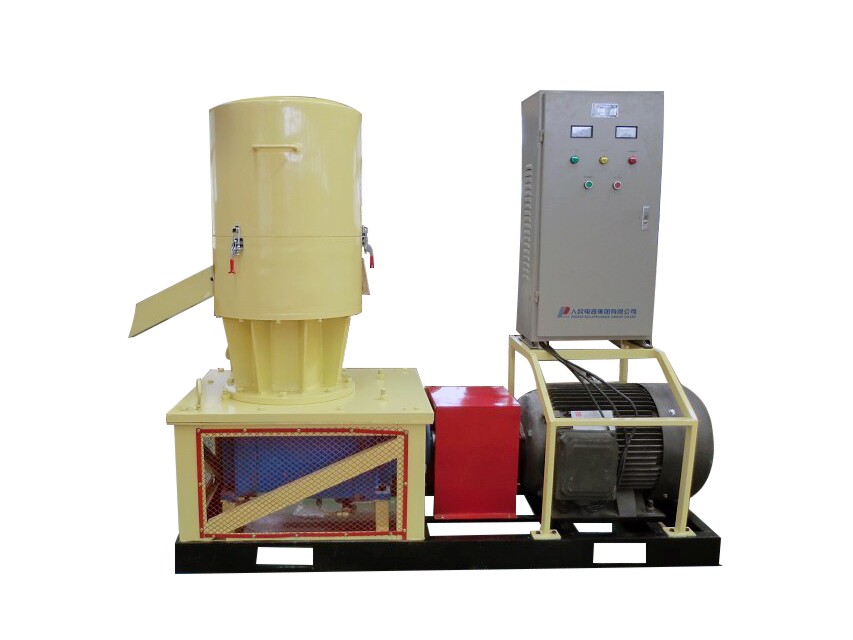
Biomass Power and Biomass Energy in America
Biomas Power in America
Biomass energy holds the promise of clean power and fuel, if it is handled right. Biomass power is renewable power obtained from the energy in plants and plant-derived materials, such as food crops, grassy and woody plants, residues from agriculture or forestry, and the organic component of municipal and industrial wastes. Biomass can be made into transportation fuels and generate electricity. The Role of Biomass in America’s Energy Future project, initiated during the first half of the year of 2003, has sought to identify and evaluate paths by which biomass can make a large contribution to energy services and determine means to accelerate biomass energy use.
In America, biomass power provides two valuable services: it is the second most important source of renewable energy in the United States and it is an important part of our waste management infrastructure. In the future, farms cultivating high-yielding energy crops (such as trees and grasses) will significantly expand our supply of biomass. These energy crops, coupled with high-efficiency conversion technologies, can supplement our consumption of fossil fuels and help us respond to global climate change concerns.
Biomass power is close to a carbon-neutral electric power generation option — biomass absorbs carbon dioxide from the atmosphere during its growth and then emits an equal amount of carbon dioxide when it is processed to generate electricity. Thus, biomass fuels "recycle" atmospheric carbon, and may reduce global warming impacts. Biopower facilities produce fewer other pollutants than equivalent fossil fuel power facilities.


The fuel made of biomass, is called biomass fuel, or biofuel. Biofuels are liquid fuels produced from plants. The two most common types of biofuels are ethanol and biodiesel. Ethanol is an alcohol, the same as in beer and wine. It is made by fermenting any biomass high in carbohydrates through a process similar to beer brewing. The majority of ethanol produced in the United States is made from corn. Current research is exploring ways to efficiently convert cellulose (agricultural waste, forest residue, municipal solid waste, and energy crops) to ethanol. Ethanol is mostly used as a fuel additive for vehicles to increase octane and cut down carbon monoxide and other smog-causing emissions. Biodiesel is made by processing vegetable oil, animal fat, or recycled cooking grease with alcohol or other chemicals. It can be used as an additive (typically 20%) to reduce vehicle emissions or in its pure form as a renewable alternative fuel for diesel engines.
As biomass power is produced from plant sources, it can potentially be produced almost anywhere in the United States.

As biomass power is produced from plant sources, it can potentially be produced almost anywhere in the United States.
Biomass Energy in America
While biomass is a renewable energy resource, it can have both negative and positive environmental impacts. It may reduce emissions and pollutants, but factory farming of biomass crops can reduce biodiversity and negatively impact wildlife habitat. Municipal solid waste may contain toxins which could cause pollution if it is used as a biomass feedstock. As with other renewable resources, use of appropriate technology will promote the most positive environmental impacts.
Potential Biomass Energy in the Continental United States
Biomass energy totaling just below 680 million dry tons could be made available, in a sustainable manner, each year within the United States by 2030. This is enough biomass to produce more than 54 billion gallons of ethanol (four times as much corn ethanol as the United States produced in 2010) or 732 billion kilowatt-hours of electricity (19 percent of total U.S. power consumption in 2010). The resources of biomass energy are distributed widely across the United States, ensuring that communities across America can benefit both financially and environmentally from increased biomass production.

Energy Crops that Enlarge the Resource of Biomass Energy
Energy crops include tall grasses like switchgrass and miscanthus, and fast-growing trees like hybrid poplar and willow. As much as 400 million dry tons of these crops could be produced each year by 2030. Energy crops produce energy efficiently, requiring only modest amounts of fertilizer and pesticide, and less fertile soil than is needed for other types of agriculture. Time and significant changes in agricultural practices are needed to realize the full potential of energy crops, but expanding the role of perennial grasses in agriculture offers important climate and water quality benefits.
Waste Materials also Contributes to Biomass Energy
Household garbage, vegetative waste (lawn clippings and tree trimmings), and construction and demolition debris are already collected for disposal and can provide 35 million dry tons of biomass. Many sources of waste biomass are mixed with recyclable materials and potentially dangerous contaminants; sorting and pollution control technologies are needed to ensure it is used in an environmentally friendly manner. Manure can be used to produce electricity by using anaerobic digesters to extract bioenergy (in the form of biogas). Almost 60 million tons of manure is currently available in America.
Besides the above, forests and agricultural residuals also contribute to expanding the resources of biomass energy in America. Agricultural residues left behind after harvest, like: corn stover, cotton stalks, leaves, and wheat straw, are a potential source of up to 155 million dry tons of biomass for energy production. Since these residues are a natural by-product of the primary food crop, they can be used without reducing the availability of food crops or increasing the amount of land used for agriculture. However, in order to be sustainably produced, agricultural residues can only be removed at a rate that allows soild to maintain their organic matter, which is a key contributor to long-term soil productivity. Tree tops and limbs collected during logging operations could provide just under 20 million dry tons of additional biomass for energy production. And recently, scientists have raised significant doubts as to whether the use of whole trees for bioenergy is a low-carbon method for energy production. In the absence of a clear emissions benefit, wood from whole trees, including pulpwood and forest thinnings, has been excluded from this assessment.



